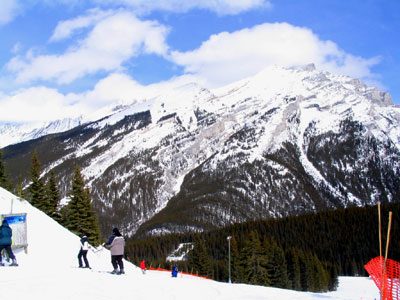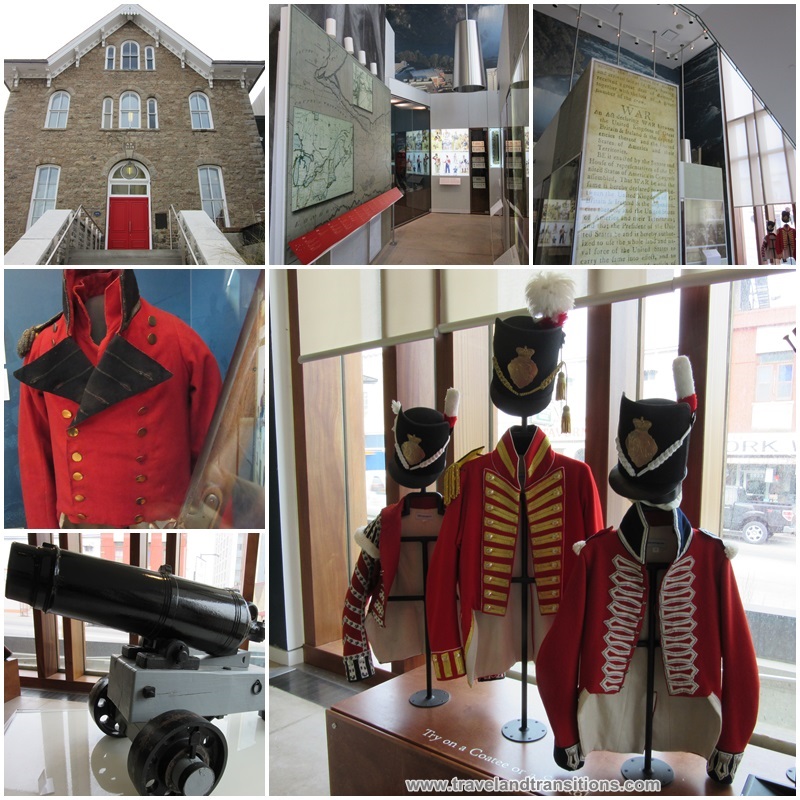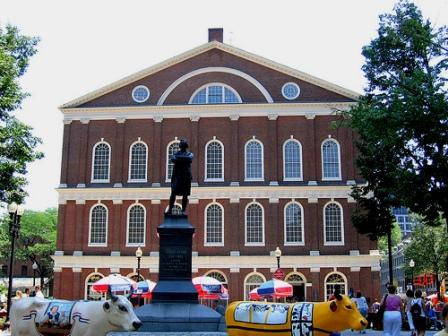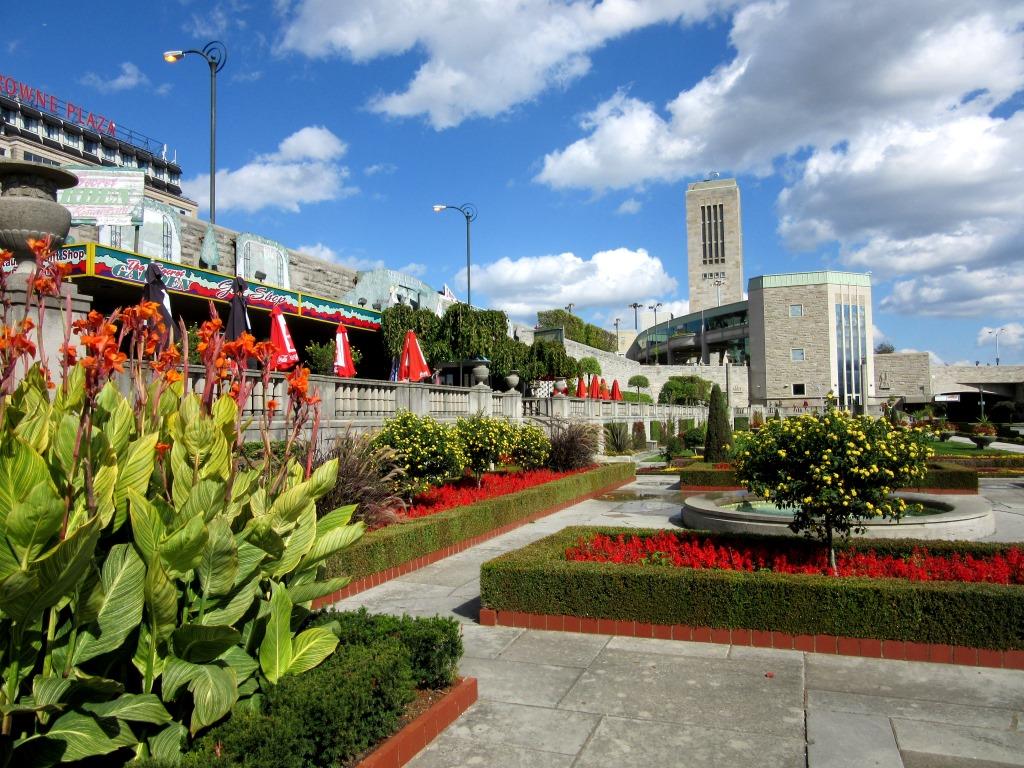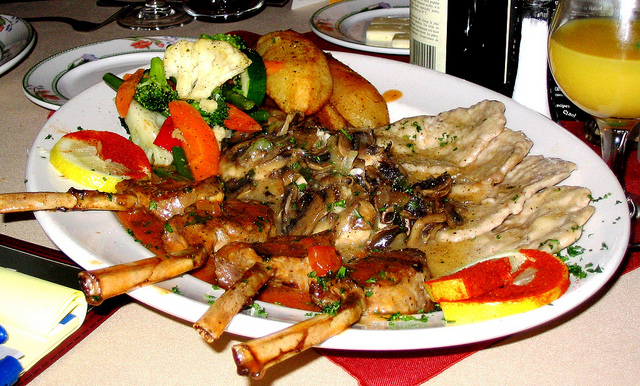For the first time ever,my husband and I are going to go skiing in the majestic Rocky Mountains: in March of 2006 we are going to go to stay a week in Banff,Alberta and we are also going to explore Lake Louise,the turquoise jewel of the Canadian Rockies.As we have never been to this region,I have started to do some research and contacted the official visitor information website for the communities of Banff and Lake Louise in Banff National Park.
I had a chance to speak with Quintin Winks,Manager of Media Relations for
Banff Lake Louise Tourism,who was able to provide me with excellent background information about the Banff / Lake Louise Region.

1. Please provide us with some general information about Banff/Lake Louise.Where is it located,what is the weather like?
Banff is located within Banff National Park,in the Canadian Rockies of Western Alberta.The town of Banff is famous for its spectacular setting,but it is more than just a pretty place.As Canada’s first incorporated municipality in a national park,Banff is a very special community.It is environmentally-conscious,balanced,rich with character and culture and a friendly and open community.The elevation of Banff townsite is 1,383 m (4,537 feet),the highest town in Canada.The elevation of Lake Louise is 1,536 m (5,039 feet),the highest permanent settlement in Canada.
Summer (July – August):
The summer season usually has low humidity,warm temperatures and daylight hours lasting until 11:00 p.m.at the height of the summer equinox.
Autumn (Sept – Oct):
Fall sees diminishing daylight hours and warm days with cooling evening winds.
Winter (Nov – March):
Although it can and does snow at any time of the year,the first snows generally begin to fall in November.The average temperature during the winter months is around -12º C (6º F); however it is not unusual to have a two-week cold snap during December or January where temperatures plummet into the -30 degree C/F range.Fortunately Banff and areas west and south,regularly receive a welcome weather phenomenon called Chinooks,warm winds that produce spring-like temperatures in a matter of hours.
Spring (April – June):
Rain and warming temperatures begin to melt winter away from the valleys in April,however snow does not leave the mountain passes until mid-summer.While the average precipitation is relatively low during this time,snowmelt pushes the rivers to their crests.

2.How can one get to Banff/Lake Louise and what is the best way of getting around locally?
Situated in the Rocky Mountains of Alberta,the town of Banff is located inside the boundaries of Banff National Park.It is situated 128 kilometres (80 miles) west of Calgary,401 kilometres (250 miles) southwest of Edmonton and 850 kilometres (530 miles) east of Vancouver.Commercial airlines service each of these three Canadian cities,and buses to Banff and Lake Louise run year round.
Banff is easily accessed by bus or car using the Trans-Canada Highway.Calgary to Banff driving time is about 2 hours depending on traffic and road conditions.Speed limits inside the national park are 90km/hour.
The closest major airport is the Calgary International Airport.Scheduled van and motorcoach shuttle services connect Banff with Calgary Airport.Departures are limited (usually 3 or 4 per day).

3.What are some of the major sights in and around Banff/Lake Louise?
Banff is famous first and foremost for its spectacular natural scenery,but also for its museums,national historic sites and heritage buildings.
Architectural and heritage guidelines ensure the town retains its mountain culture and charm.Banff also has three historic sites(Cave & Basin,Banff Park Museum and Bankhead) and numerous heritage buildings,one of the best performing art schools in the country (The Banff Centre),top-notch art galleries (The Walter Phillips Gallery and Canada House Gallery among others) and a world-renown museum specializing in the art and history of the Canadian Rockies (the Whyte Museum of the Canadian Rockies).
Wildlife is also abundant within Banff National Park and many visitors return home with memorable photographs of species that make use of the park.
From bridge to biking,there is so much to do in the Banff area including airplane tours,barbecues,billiards,boat tours,bowling, dogsledding,downhill and cross-country skiing,fishing,golf,hiking,snowshoeing,nature tours,horseback riding,carriage and sleigh rides,mountaineering and climbing,hiking,hot springs and spas, museums and art galleries,gondolas,snocoach tours,sightseeing,whitewater rafting,kayaking and float trips.

4.Please tell us about the skiing opportunities in Banff/Lake Louise and other winter activities on offer in your area.
Three outstanding ski resorts,Ski Banff@Norquay,Sunshine Village and Lake Louise provide more than 7,700 acres and 240 trails offering countless options to skiers and snowboarders of any ability.From wide-open bowls and tree-lined glades covered with fresh dry champagne powder,to meticulous groomed slopes and state-of-the-art snowmaking,visitors enjoy unspoiled scenery,short lift lines,and guaranteed friendly local hospitality.The last major snowstorm through this area was less than one week ago and the snow conditions are powder, powder,powder.More snow is forecast in the coming days.
There are over 80km of cross-country trails within a short drive of the Banff townsite alone.The vast network of track-set and untracked trails,and telemark slopes throughout Banff National Park calls nordic skiers of all abilities.The Banff National Park Service keeps up to date trail conditions and weather forecasts.
Banff also offers guided snow-shoeing tours,ice walks,dog sledding and ice climbing,not to mention heli-skiing.

